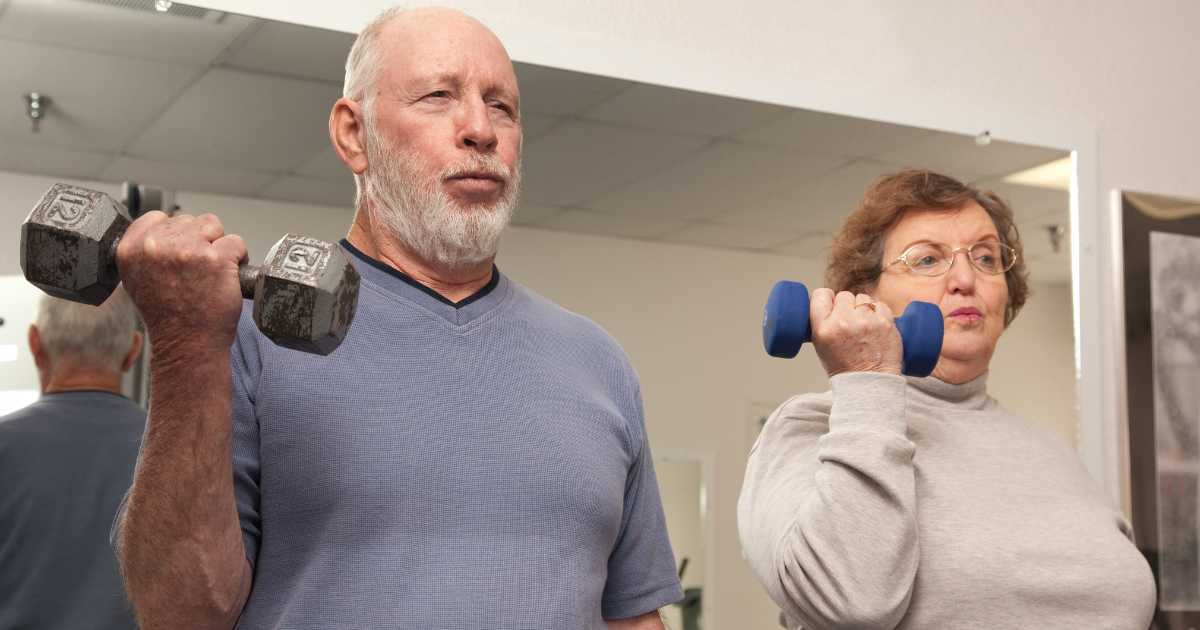In the pursuit of optimal health and fitness, individuals often grapple with the question: which is more beneficial, cardiovascular exercise or strength training? Both forms of exercise offer unique advantages, and understanding their distinct benefits can help tailor a balanced fitness regimen suited to individual goals.
Cardio vs. Strength Training: A Comprehensive Guide
Understanding Cardiovascular Exercise
Cardiovascular exercise, commonly referred to as “cardio,” encompasses activities that elevate the heart rate and enhance the efficiency of the cardiovascular and respiratory systems. Examples include running, cycling, swimming, and brisk walking. Engaging in regular aerobic exercise has been shown to improve heart health, increase lung capacity, and reduce the risk of chronic diseases such as type 2 diabetes and hypertension.
Defining Strength Training
Strength training, also known as resistance training, involves exercises designed to improve muscular strength and endurance. This can be achieved through weightlifting, resistance band exercises, or bodyweight movements like push-ups and squats. Regular strength training contributes to increased muscle mass, enhanced bone density, and a boosted metabolism, which aids in weight management.
Comparative Benefits
While both cardio and strength training offer health benefits, they impact the body differently. Cardio primarily enhances cardiovascular endurance and aids in calorie burning during the activity. In contrast, strength training not only builds muscle but also increases the resting metabolic rate, leading to more calories burned at rest. Moreover, strength training has been linked to improved heart health, with studies indicating that it is as important as aerobic exercise in reducing the risk of cardiovascular diseases.
Integrating Both for Optimal Health
Current research suggests that a combination of both aerobic and resistance exercise yields the most comprehensive health benefits. A study published in the European Heart Journal found that splitting the recommended amount of physical activity between aerobic and resistance exercises reduces cardiovascular disease risks as much as aerobic-only regimens. Therefore, incorporating both forms of exercise into a weekly routine is advisable for overall health and longevity.
Sample Weekly Workout Programs
Note: Before beginning any new exercise program, it is essential to consult with a healthcare provider or fitness professional, especially if you have pre-existing health conditions or concerns.
For a Beginner 40-Year-Old Woman:
Goals: Build foundational strength, improve cardiovascular endurance, and promote overall health.
Sample Weekly Schedule:
- Monday:
- Cardio: 30-minute brisk walk or light jog.
- Strength Training:
- Bodyweight squats: 3 sets of 10 reps.
- Modified push-ups: 3 sets of 8 reps.
- Dumbbell rows (using light weights): 3 sets of 10 reps per arm.
- Wednesday:
- Cardio: 30-minute cycling at a moderate pace.
- Strength Training:
- Lunges: 3 sets of 10 reps per leg.
- Overhead dumbbell press: 3 sets of 10 reps.
- Plank hold: 3 sets of 20 seconds.
- Friday:
- Cardio: 30-minute swimming session or dance class.
- Strength Training:
- Glute bridges: 3 sets of 12 reps.
- Bicep curls: 3 sets of 10 reps.
- Tricep dips (using a chair): 3 sets of 8 reps.
- Saturday:
- Flexibility and Balance:
- Attend a 45-minute beginner yoga class or follow an online session focusing on stretching and balance exercises.
- Flexibility and Balance:
For an Intermediate 55-Year-Old Man:
Goals: Enhance muscular strength, maintain cardiovascular health, and improve flexibility.
Sample Weekly Schedule:
- Monday:
- Strength Training:
- Deadlifts: 3 sets of 8 reps.
- Bench press: 3 sets of 8 reps.
- Bent-over rows: 3 sets of 8 reps.
- Cardio: 20-minute moderate-intensity stationary biking.
- Strength Training:
- Tuesday:
- Flexibility and Recovery:
- 30-minute stretching routine focusing on major muscle groups.
- Light activities like a leisurely walk or tai chi.
- Flexibility and Recovery:
- Thursday:
- Strength Training:
- Squats: 3 sets of 8 reps.
- Overhead press: 3 sets of 8 reps.
- Pull-ups or assisted pull-ups: 3 sets of 6 reps.
- Cardio: 25-minute swimming session focusing on continuous laps.
- Strength Training:
- Saturday:
- Cardio: 40-minute hike on varied terrain to combine cardiovascular exercise with lower body strength.
- Flexibility and Balance:
- 15-minute balance exercises, such as standing on one leg or using a balance board.
Conclusion
Incorporating both cardiovascular and strength training exercises into your fitness routine provides a holistic approach to health, addressing various aspects of physical well-being. Tailoring your workout plan to include both forms of exercise, along with flexibility and balance activities, can lead to improved health outcomes and a higher quality of life.
If you want more information on how to balance cardio and strength training, or would like to talk to a certified personal trainer, fill out our pre assessment form for a 1-on-1 session with our head trainers to discuss goals and programming.
Published: Aug 18, 2022
Updated Feb 7, 2025

Click on a Subject to Learn More





